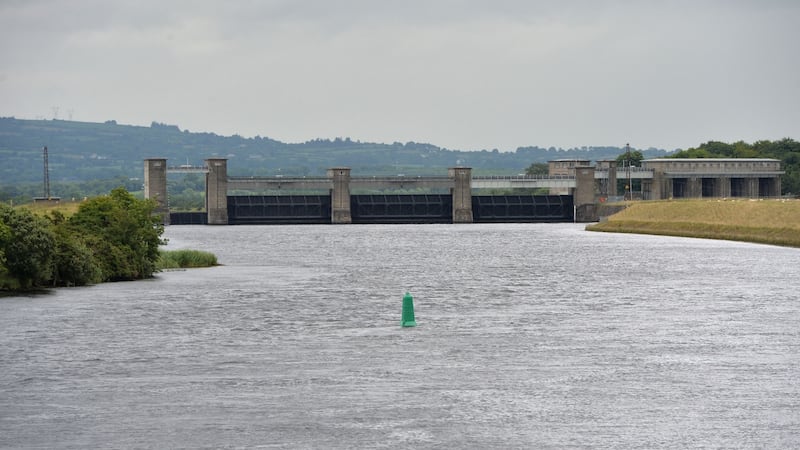The majority of homes bought on the private market for social housing by local authorities are within spending guidelines and obtained at “a reasonable cost”, a review has found.
The Department of Public Expenditure and Reform calculated that the price paid for only 3 per cent of properties bought for social housing were above guidelines levels set by the Department of Housing, while 7per cent were in top 25 per cent of prices in their area.
However, it said most units bought in the marketplace were below the median price for such housing types in their area.
Over €1 billion has been spent by local authorities and Approved Housing Bodies (AHBs) buying properties on the private market for social housing in the past three years.
Such homes account for a third of all new social housing units and up to 70per cent in some, mostly rural areas.
Almost four-fifths of all properties acquired by local authorities for social housing contain three or more bedrooms.
Costs
The average purchase price of houses and apartments bought for social housing last year by local authorities was just under €190,000 – up 13 per cent on 2016 levels.
The average cost ranged from as low as around €150,000 in Leitrim up to €315,000 in Dun Laoghaire-Rathdown.
The review said assessing the cost effectiveness of expenditure on social housing acquisitions was “a challenging task”.
It said a key question that warranted further analysis was whether the acquisition programme had an impact on the wider housing market. However, it estimated that housing units bought by local authorities and AHBs amount to 4 per cent of all residential property transactions, although the figure rises to over 10 per cent in some council areas.
Meanwhile, a review of capital, employment and training supports by IDA and Enterprise Ireland has called for a study on why some firms are not drawing down funding for which they have been approved.
It also recommended that the Department of Business, Enterprise and Innovation examine the background to considerable delays, sometimes in excess of five years, between support being approved and a project being started.
The review said the long lead times between approval and drawdown was leading to growing uncertainty about the financial liability to the State.
However, it also acknowledged that there was a rationale for allowing long lead times if it encouraged foreign firms to fund new investment in Ireland.
Employment
Over 650 IDA-backed businesses received supports valued at almost €1.1 billion between 2005 and 2018.
The review showed employment levels in such firms were 33 per cent higher three years after the grant was awarded compared to three years before receipt of the funding. In contrast, staffing levels in foreign-owned companies in Ireland that did not receive assistance from the IDA fell slightly over the same period.
The review said companies considered that IDA supports were either vital or very important for their investment decisions and such incentives were a key element in retaining Ireland’s attractiveness as a location for foreign direct investment.
Similarly almost 6,000 businesses obtained supports worth €727 million from Enterprise Ireland between 2006 and 2018.
An analysis suggested supported firms increased their overall sales by approximately 12 per cent and exports by 11 per cent compared to companies that had received no assistance from Enterprise Ireland.














